Piranhas at the National Sea Life Centre
[AD press tickets]
What would you do? You’ve been trekking in the jungle for 12 hours. Much of the journey was on a small, open boat and the rest was on foot. You walked through rapids and fought your way through undergrowth. It was swelteringly hot and humid and you’re a sticky, sweaty mess.
You arrive at your destination where you’ll be spending the next three days. You’ll be staying with a local tribe in hammocks slung between posts in a tin shack. There’s a compost toilet but no running water. The only way to wash is to swim in the Orinoco Delta, a vast and fast-flowing river. The water is safe and clean but there are piranhas and crocodiles in there. You’re told that the food in the river is so plentiful that neither species attacks humans. Do you get in?
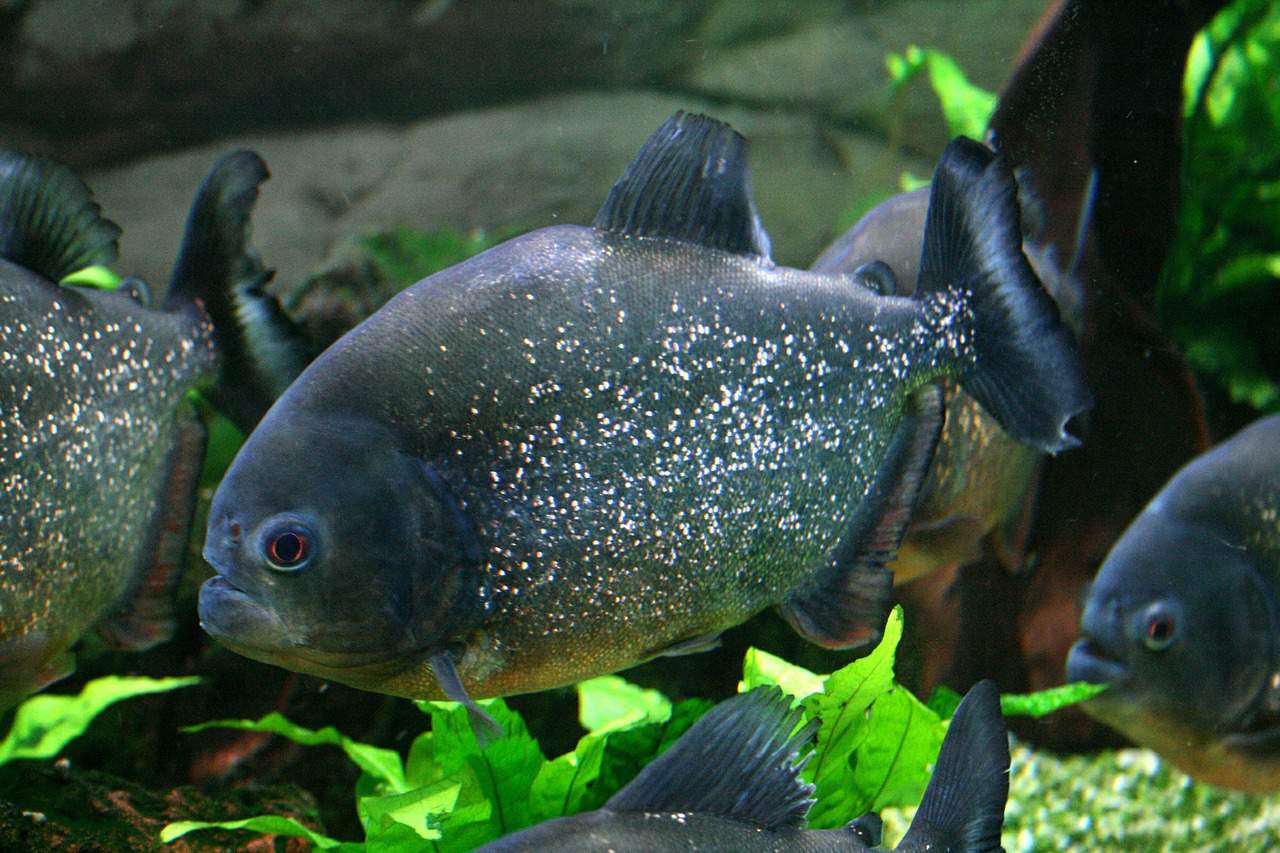
What do piranhas eat?
This was the scenario I was faced with back in 2007 when travelling in Venezuela. These days, I know a little more about piranhas. In fact, even the children are aware that piranhas rarely eat anything bigger than them – it’s mentioned in the Octonauts 4D film at the National Sea Life Centre.
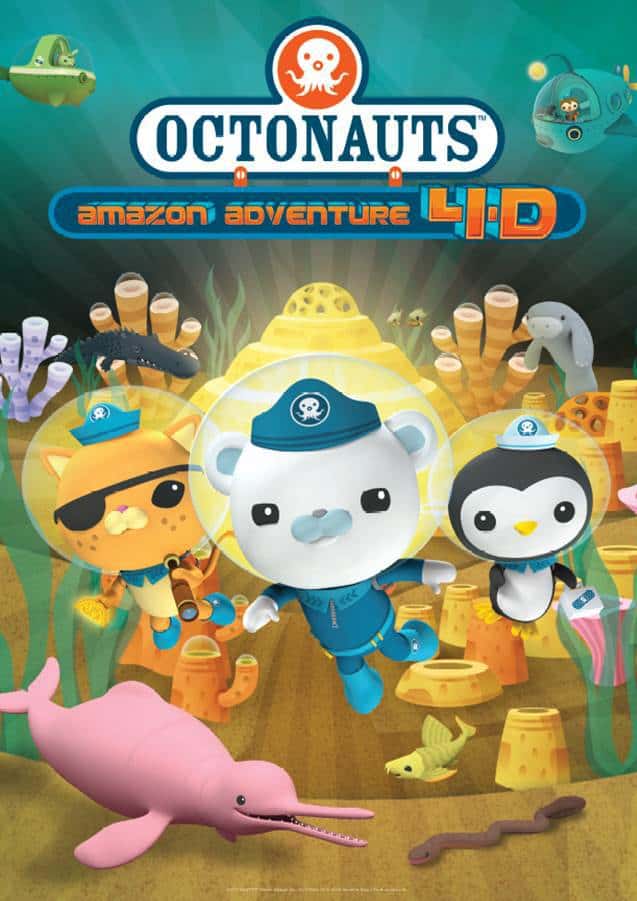
They may occasionally eat a small animal and if they’re really hungry, they’ll eat pretty much anything. But in a plentiful ecosystem, piranhas stick to their favoured diet. In fact, there are 40 different species of piranhas and most of them are vegetarian.
The new Piranha tank at the National Sea Life Centre
Despite this knowledge, seeing the new Piranha Tunnel at the National Sea Life Centre still brought back memories. This new exhibit is a small tunnel that children can crawl through and see piranhas up close. The particular species of piranha in the tank is the Red Bellied Piranha, which do eat meat. They are scavengers, feeding on creatures that are either dead or dying, so despite being meat eaters they are unlikely to be dangerous.
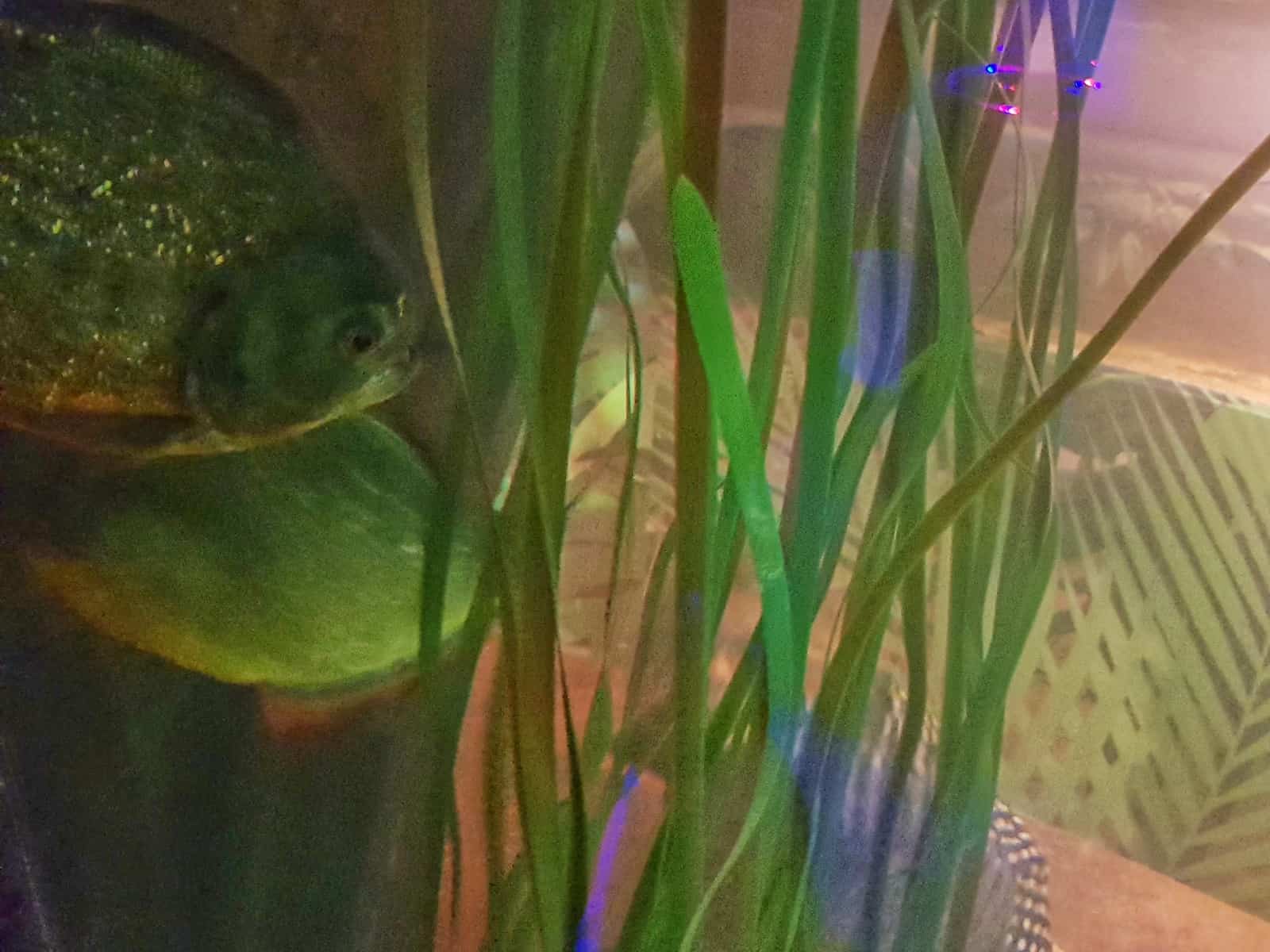
These red bellied piranhas spend a lot of time motionless to avoid attracting the attention of bigger predators. They are naturally found in the Amazon River, and they have sparkly scales. This, along with their red belly is for camouflage. They blend into the muddy water, making them less likely to be spotted by predators.
The Venezuela dilemma
Let’s get back to that scenario about the river. I know that in a situation like this, there’s no right or wrong answer. You have to weigh up the risks and decide whether to get in. But let me tell you, in the stifling heat, caked in sweat, mud and dead insects any fears of piranhas and crocodiles are put to one side. I had my bikini on and I was in that river before you could say, “look out for the piranhas”.
[AD press tickets]

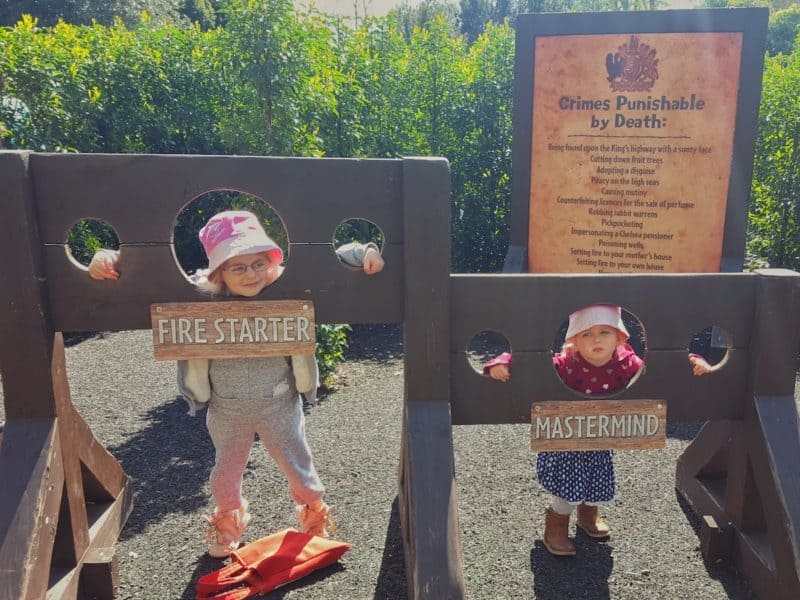
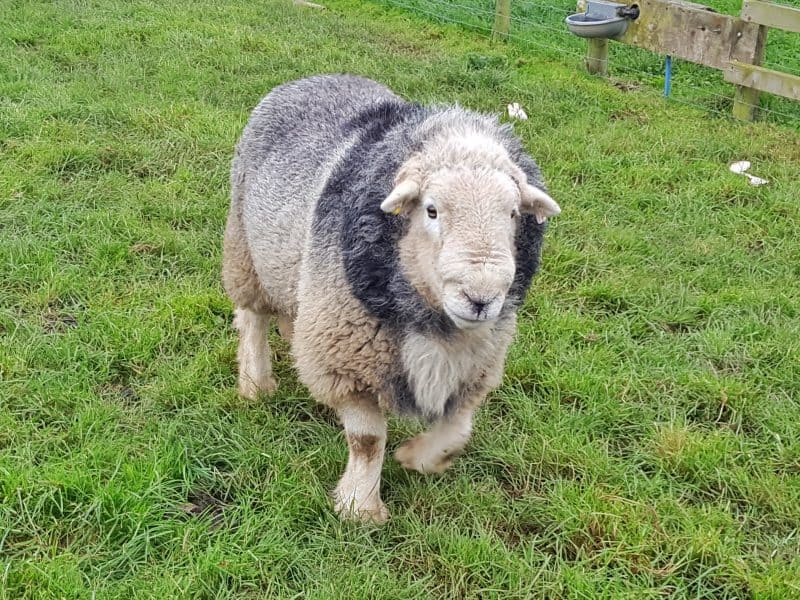

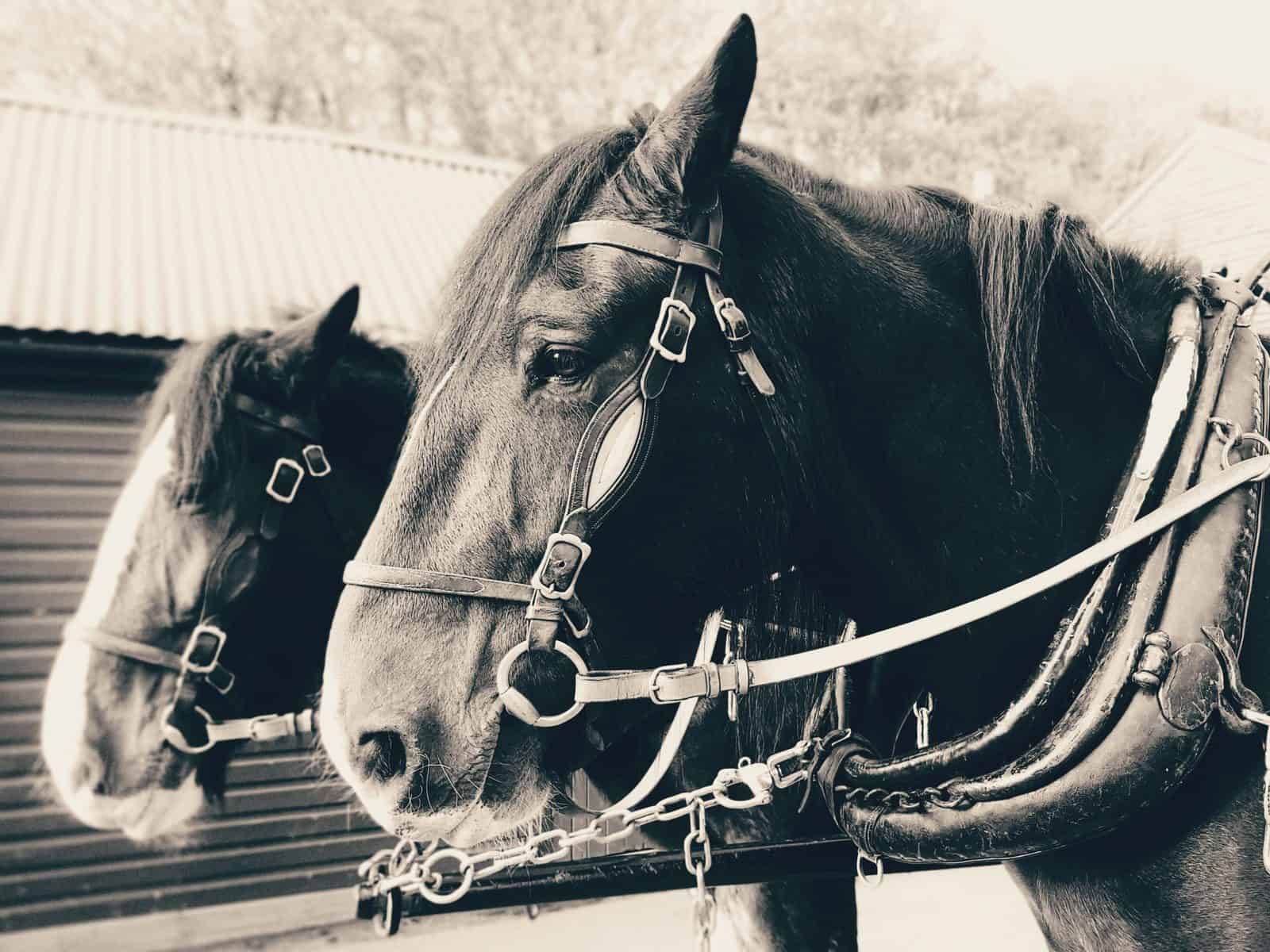
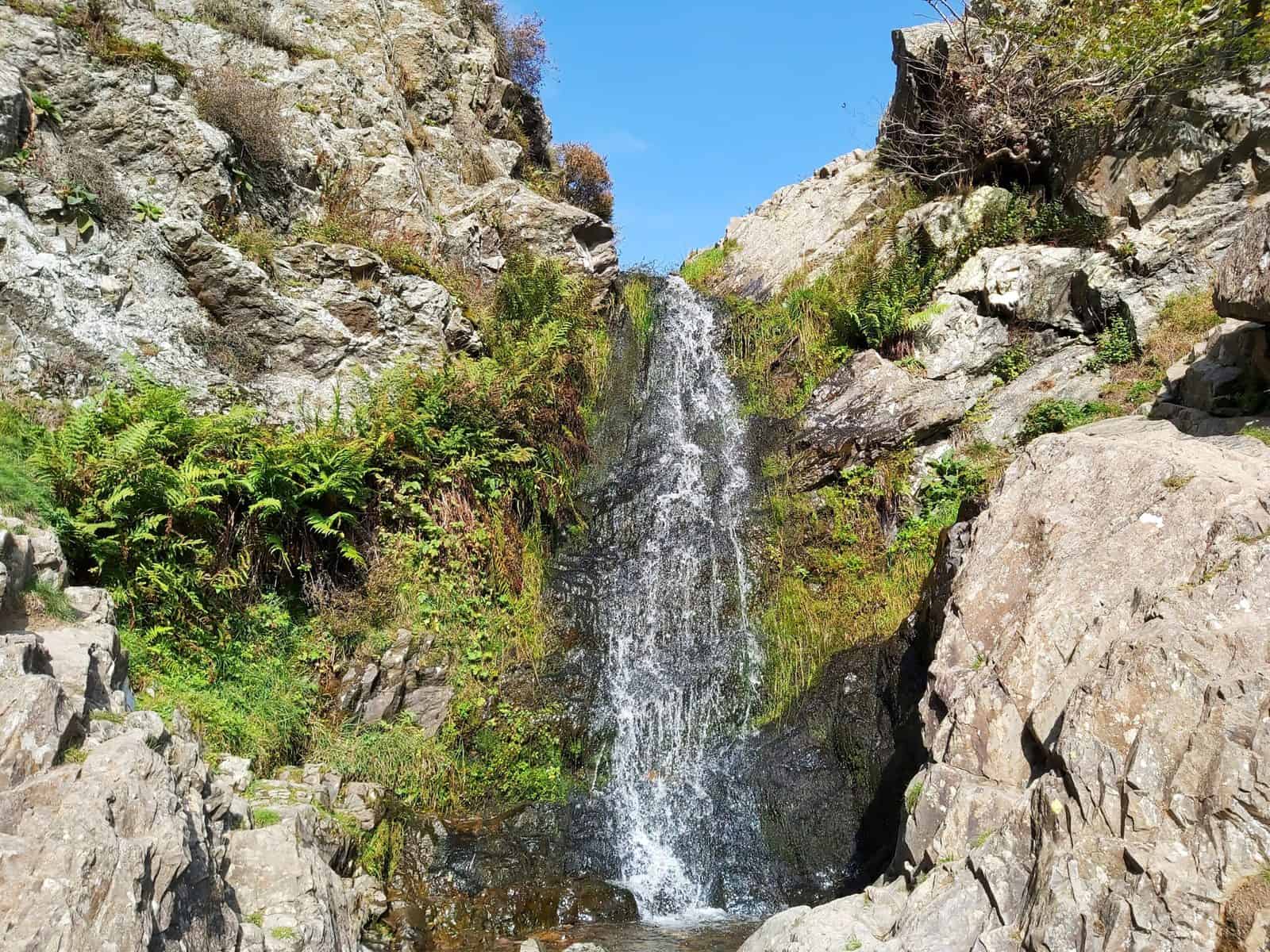

Ha ha! We didn’t worry about piranhas, but there were tiny fish that nibbled dead skin from your feet when we swam in the rivers of Belize! Love Octonauts for their factual kids programmes, I’ve learnt a lot from them never mind the children!!
I think I could do with the tiny fish nibbling my feet after all my running! I love Octonauts too, its one of the few things I like the children watching.
Nat.x
They might technically be harmless, but I’d still worry about them nibbling away at me! Great quandary, though – something I bet every child would have plenty to say about!
Haha yes I know, it’s definitely a worry! I don’t think they’d nibble though, if they were hungry I reckon you’d be a goner!
Nat.x